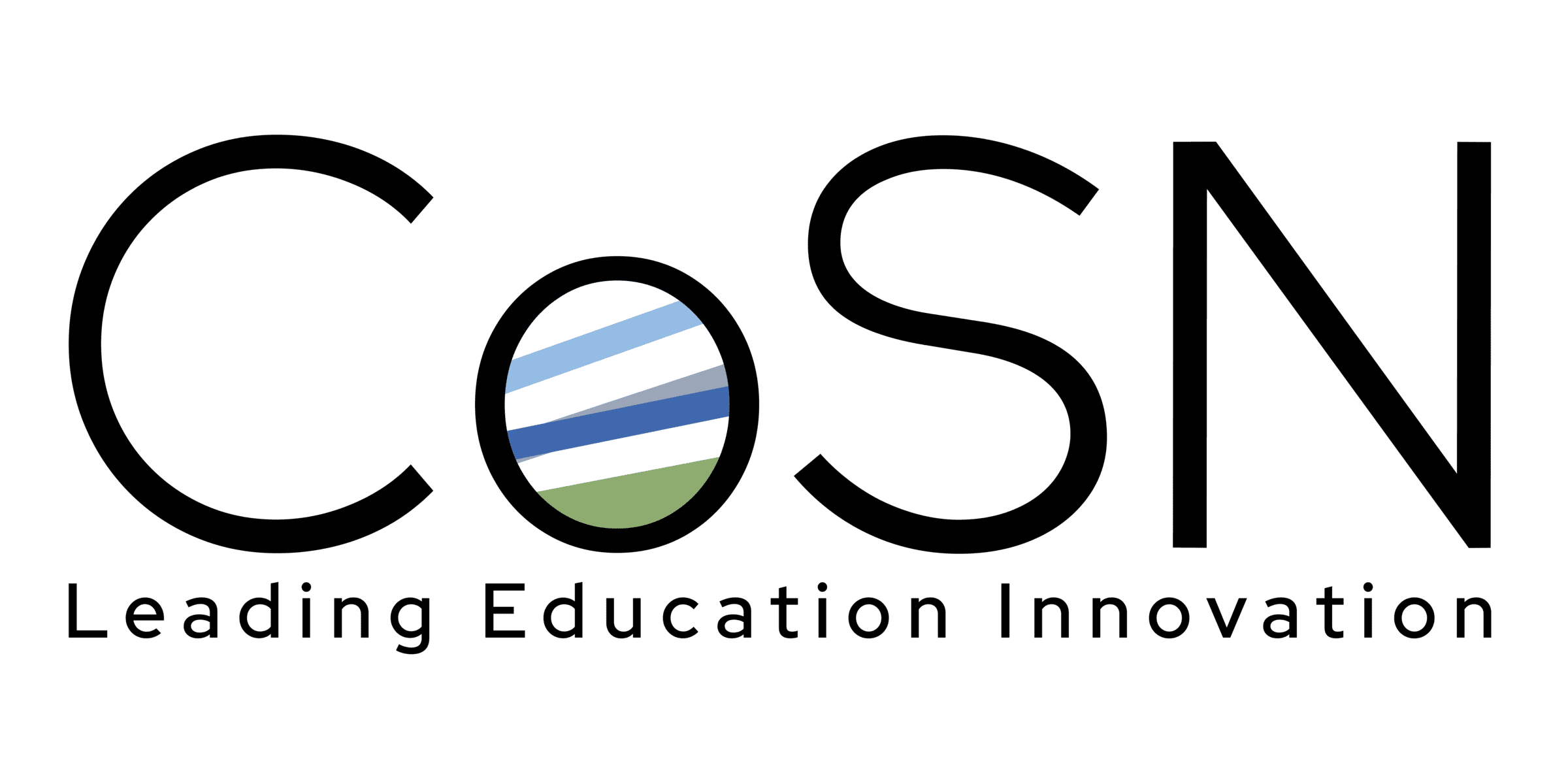Performance Without Paper
In a previous post, we identified three primary manifestations of “screen time” in K-12 spaces (those being Cell Phones/Social Media, Educational Technology, and Entertainment). Educational technology, hereafter referred to as “EdTech,” may be conflated with digital entertainment and/or cell phone use despite their differing purposes AND market incentives. EdTech, when used as a supplement to high-quality teaching, has the ability to generate significant student academic growth, foster meaningful engagement with standards, and create a pedagogical ecosystem that is designed for all learners. The conversation around EdTech in K-12 classrooms must remain separate from the ferocious national debate over cell phone restrictions.
CoSN’s 2025 State of EdTech Leadership Report notes that most school districts are either operating on a one-to-one device model OR are actively working towards a one-to-one model. In other words, most districts (especially after the COVID-19 pandemic) supply each of their students, regardless of age, with an electronic device (iPad, laptop, etc.) for educational use. How these devices are used, however, varies significantly by age and subject. A site-level administrator or EdTech leader may filter the district’s available products to better serve the needs of their community and/or faculty. Products may include phonics programs for elementary students, coding lessons for middle-schoolers, or artificial intelligence software for high-schoolers (See: 2024 Blaschke Report on AI and Accessibility). Many of these programs, even at the elementary level, are dynamic, allowing students to engage with content that is directly aligned with their skills and learning targets. A teacher’s use of digital media is largely dependent on district context and administrative expectations (and, of course, their personal comfort with the technologies on offer).
One-to-one computing for general education is just one example of how EdTech manifests in a 2025 classroom. Some districts have adopted virtual reality headsets so that students may go on “virtual field trips” (Mohring & Brendel, 2021). These headsets afford districts that are remote and/or have fewer financial resources the opportunity to share a wide breadth of new experiences with their classes. Many district special education departments use tablets, computers, and other hardware for student communication and differentiation. Some high schools have purchased 3D printers, while others have created robotics labs. These examples provide a glimpse into not just the scope of EdTech, but how it can be harnessed for the dual purposes of equity and workforce development.
The EdTech industry is vast, complex, and rife with opportunities IF teachers and administrators can use them effectively. None of the resources we have outlined here will be effective without proper teacher training and a simultaneous commitment to the technology AND quality, non-digital, in-person learning. We are calling for a balance, not a replacement. We also recognize a need for clear, thoughtful communication with families on the applications of EdTech in the classroom. Buy-in at every organizational level is critical. We do not want families to conflate cell phones with the intentional, thoughtful employment of EdTech for academic and personal growth.
Citations
Mohring, K., & Brendel, N. (2021). Producing virtual reality (VR) field trips – a concept for a sense-based and mindful geographic education. Geographica Helvetica, 76(3), 369–380. https://doi.org/10.5194/gh-76-369-2021
Pérez Perez, F. (2024). AI and accessibility in Education. The Consortium for School Networking. https://www.cosn.org/wp-content/uploads/2024/09/Blaschke_Report_2024_lfp.pdf
The Consortium for School Networking. (2025). State of EdTech District Leadership 2025.
Author: Cooper Sved, 2025 Blaschke Fellow
This blog is part of a series preceding the publication of the 2025 Blaschke Report. Read the entire series:
“What Does ‘Screen Time’ Mean, Anyway?”
Children, Screens, and Parent Perspectives
Cell Phones, Schools, and Solutions
EdTech and Professional Development


